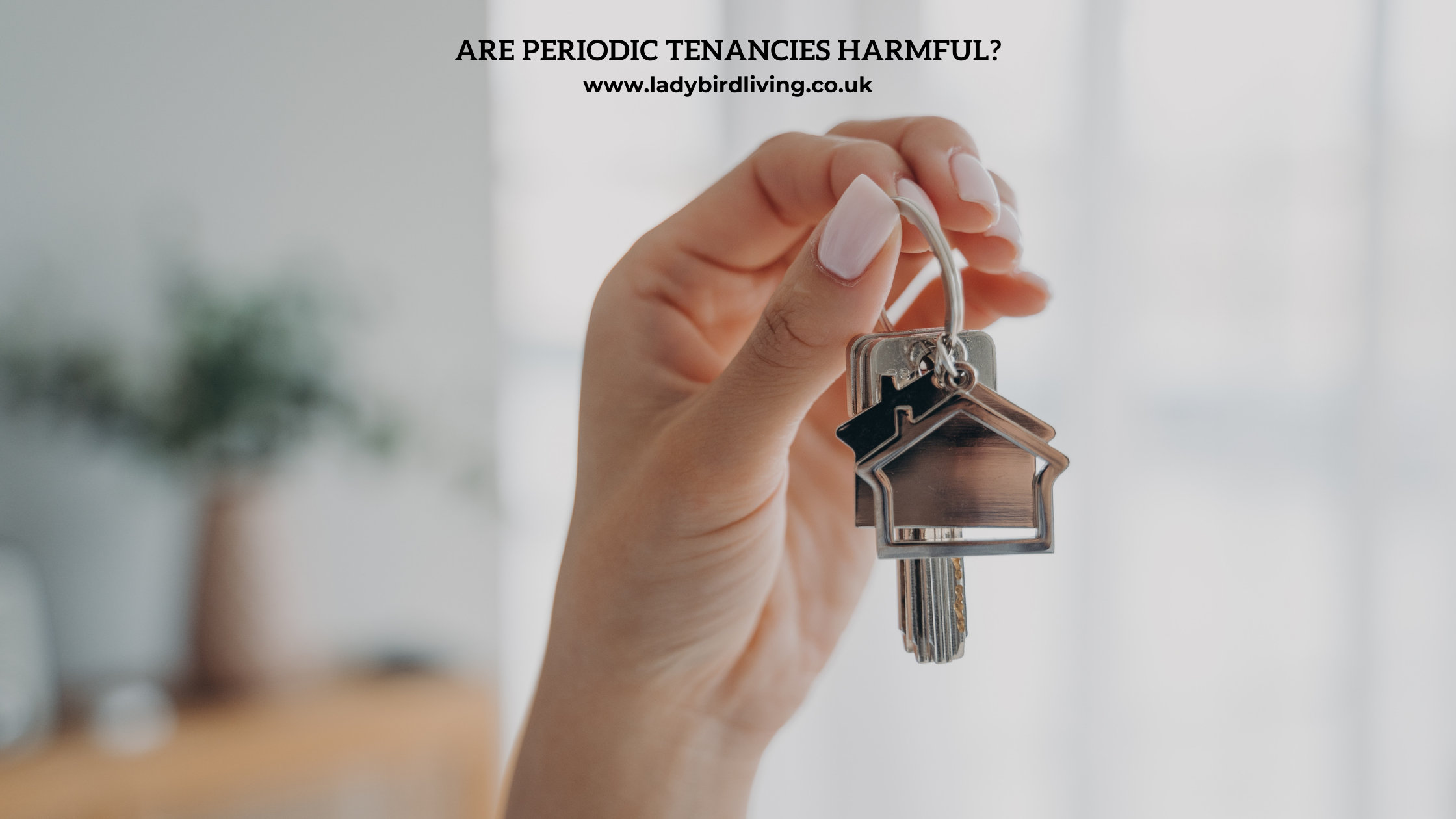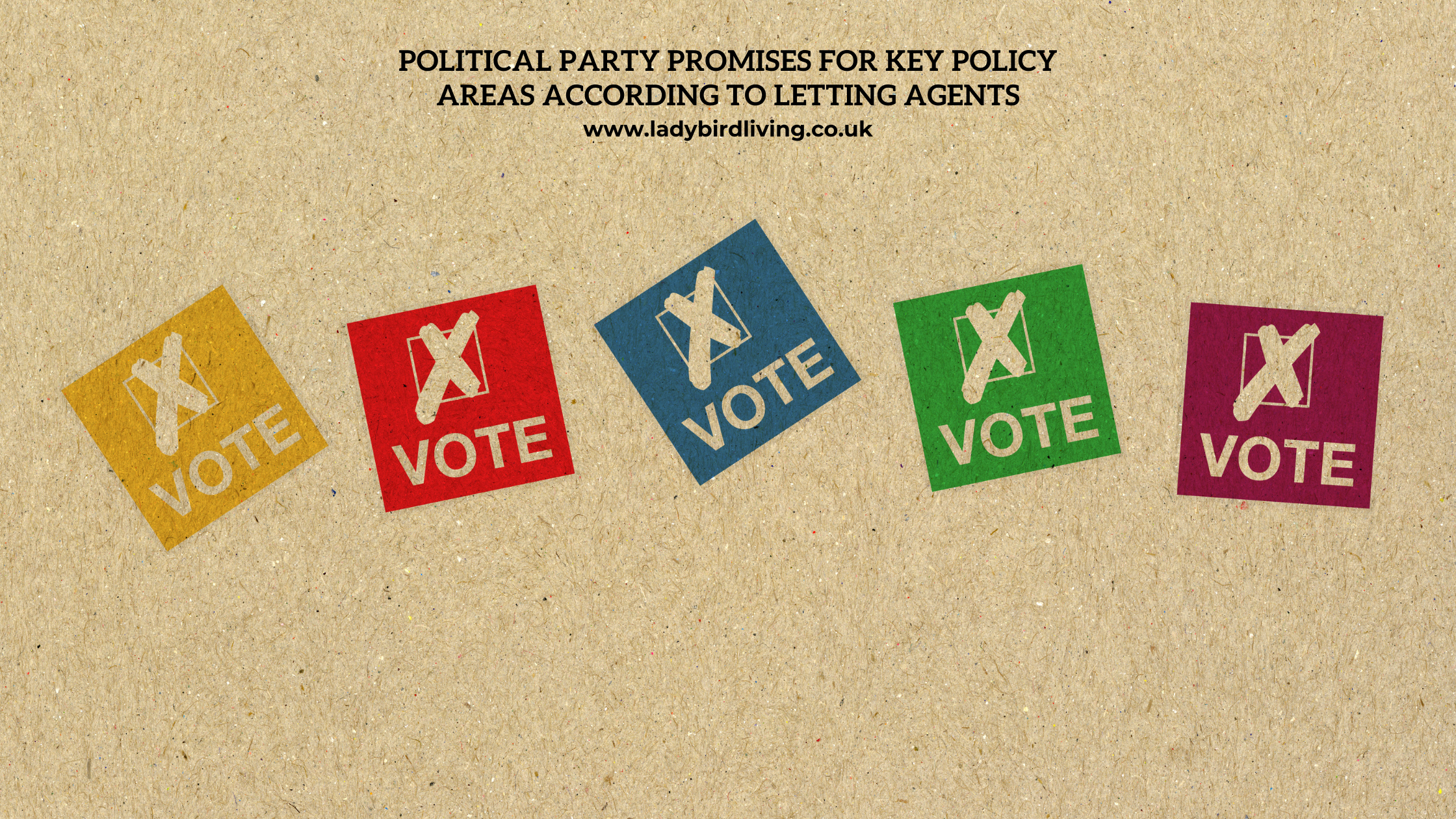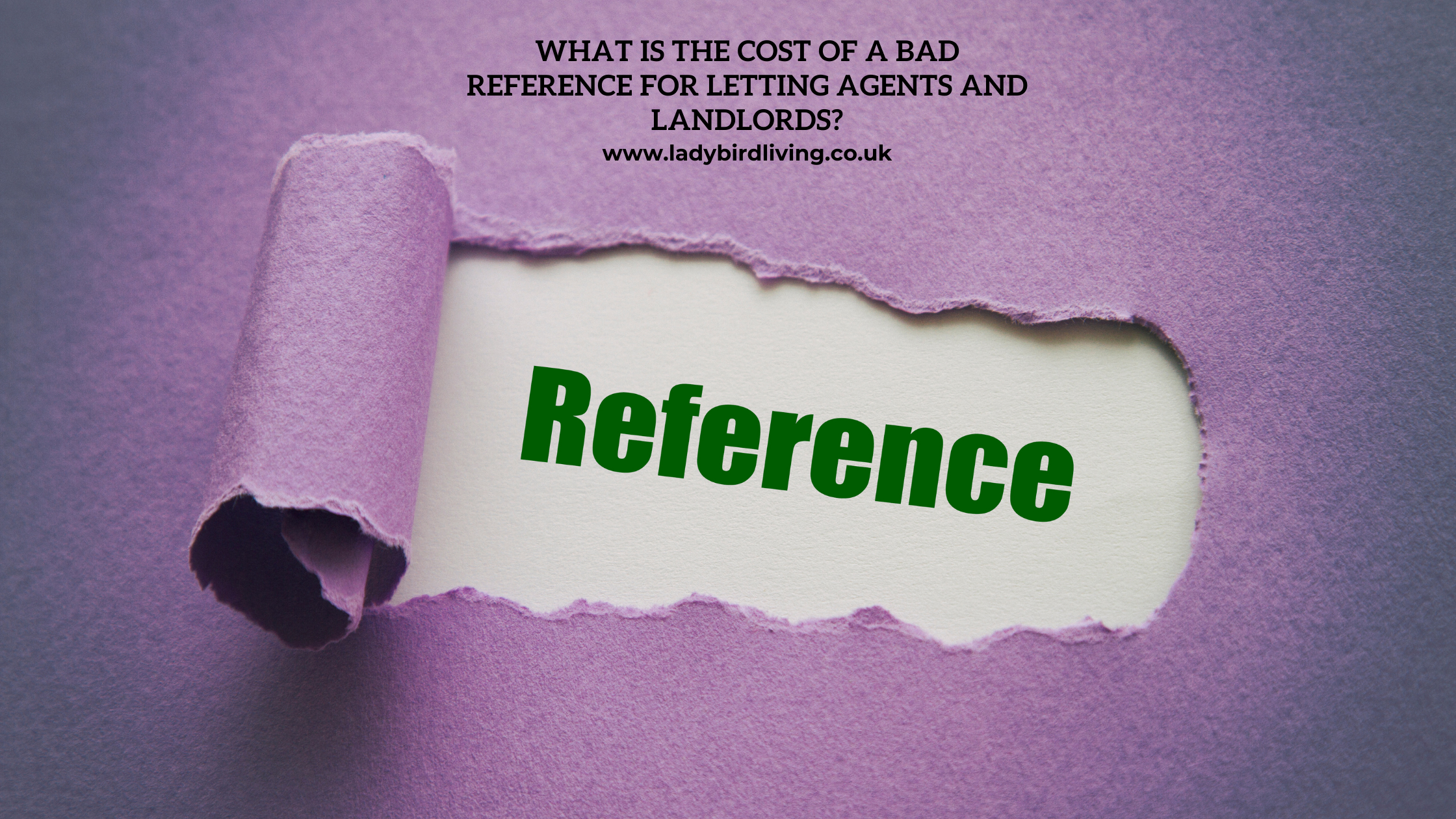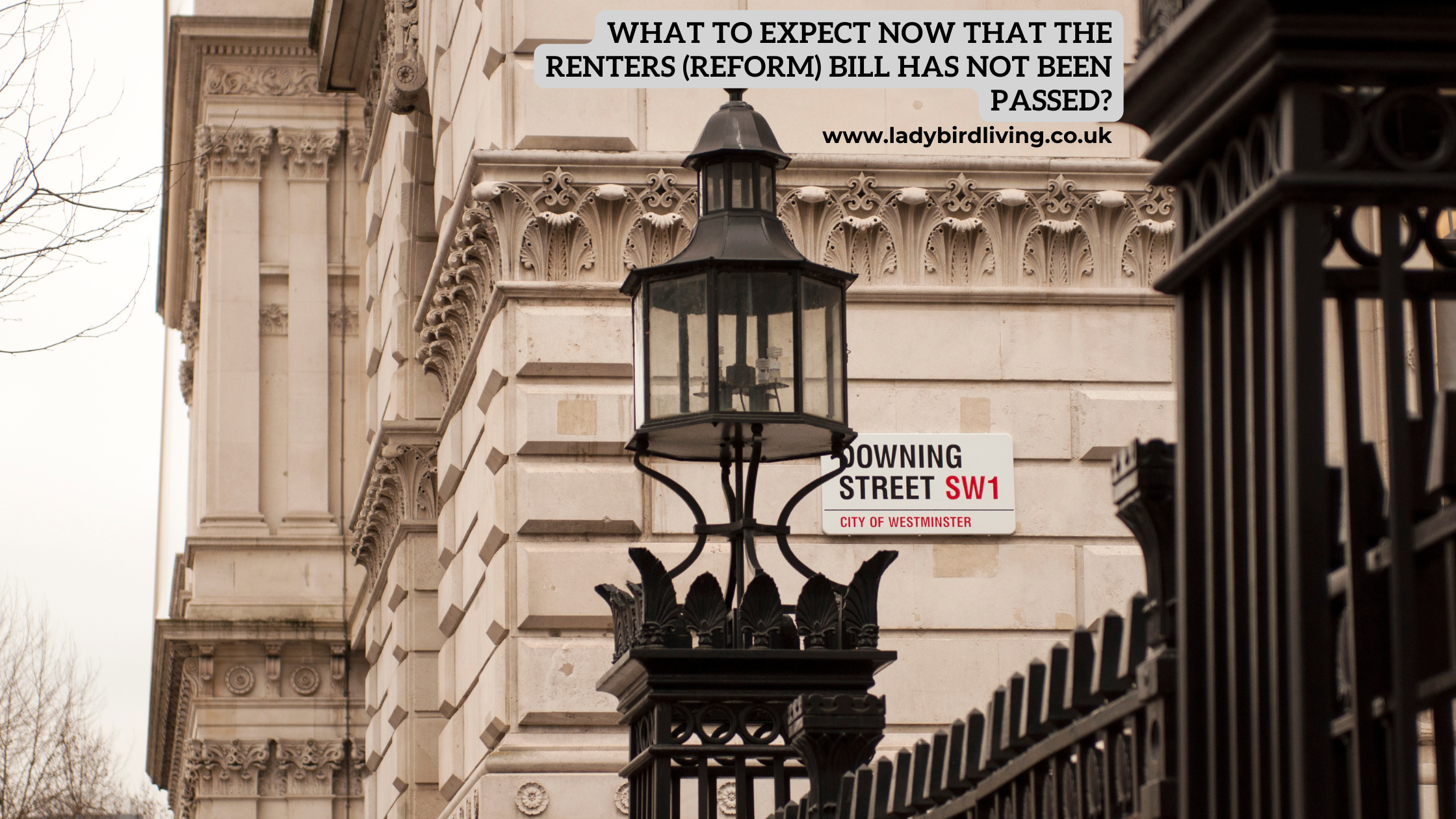
House repossession
House repossession occurs when individuals are behind on their mortgage and they have been in arrears for a period between 90-180 days. It also occurs when a judge grants a house repossession order, but this tends to be the last resort.
Requirements for mortgage lenders when providing a repossession notice:
It is a legal requirement for mortgage lenders to provide a minimum of 15 days’ written notice of a house repossession order. This notice will include the date that the repossession is expected to take place. On the day of the repossession, a bailiff will take possession of the property by changing the locks and shutting off all the utilities.
What happens after a property is repossessed?
Once the property has been repossessed, the mortgage lender will prepare for the property to be sold through the open market with the help of an estate agent. Lenders may also put the property up for auction.
What happens after a repossessed property is sold?
After the repossessed property is sold, the profit gained from the sale will help to firstly cover all the mortgage debt, clear any debt against the property or any debt because of the repossession.
What would happen if the sold repossessed property does not cover the mortgage debt?
It is possible that a sold repossessed property may not cover the mortgage debt. This is usually the case if the property is in negative equity which means that the debt is worth more than the value of the property. If this happens, the borrower would be liable for the shortfall. To deal with this, the lender must organise a realistic repayment plan with the borrower.
How can you avoid house repossession?
Here are a few ways you can avoid house repossession:
- The first step is to talk to your lender. You can explain your situation and provide evidence that you are trying your best to solve the issue. You can also ask your lender for a “mortgage holiday” (a temporary pause on your payments) until you are more financially stable.
- You can also try extending the term of your mortgage which will reduce your monthly payments.
- It is also possible to remortgage onto a different product with better rates.
- Finally, you can try selling your property quickly and downsize, although this is not a straightforward process.
T +44 (0)203 488 1488
Recent Posts






